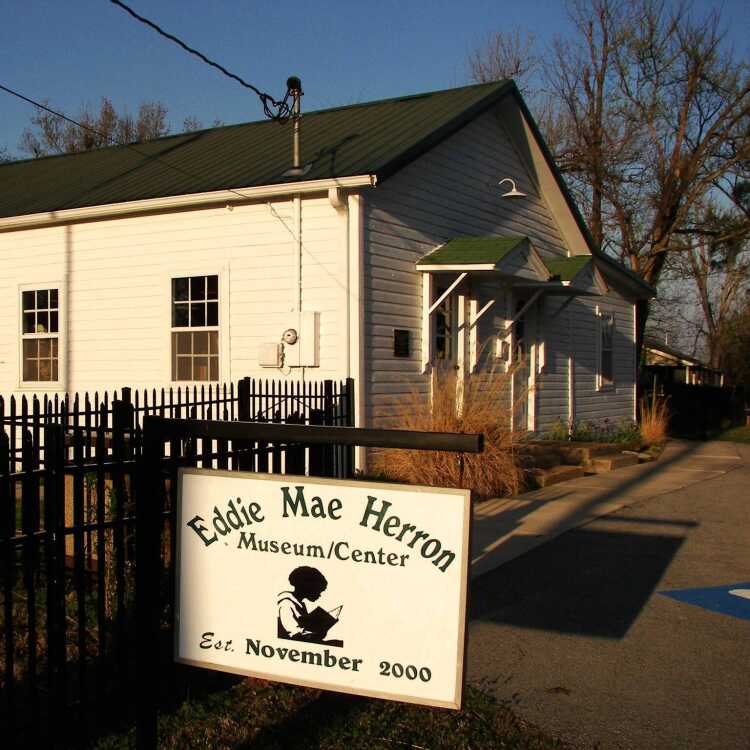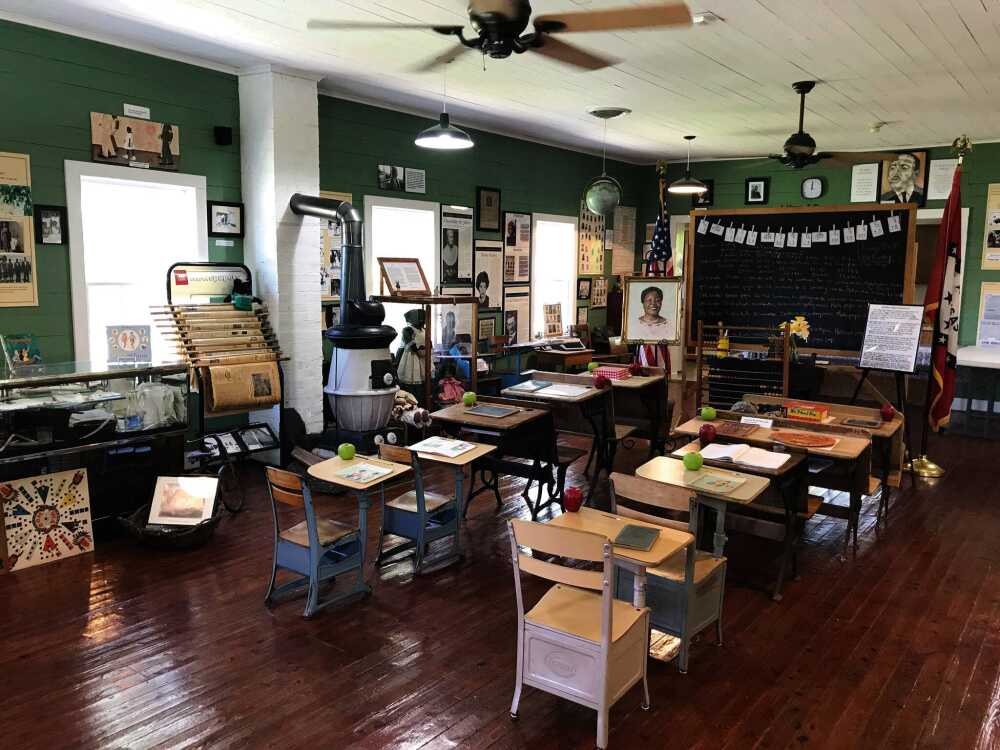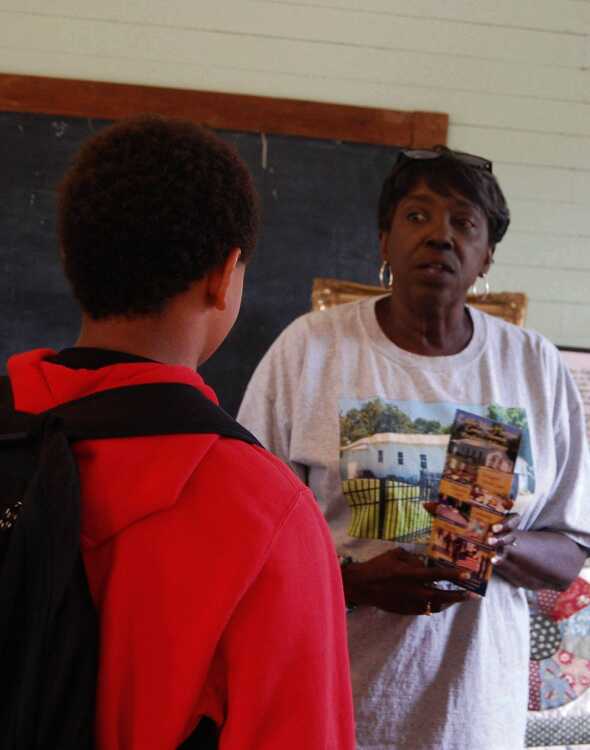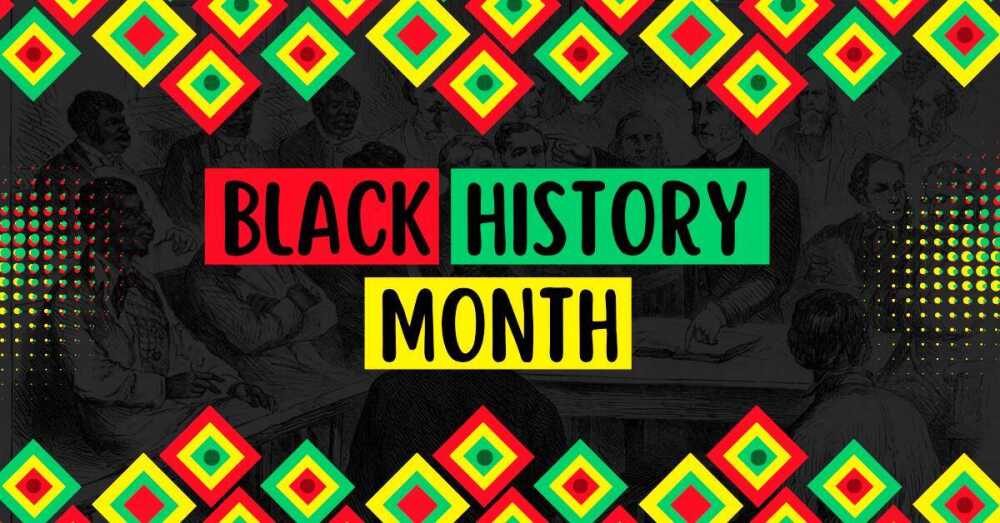
The Eddie Mae Herron Museum/Center was donated to the community in 1999. The museum’s curator and historian Pat Johnson has sought to honor both its role in education and also its past as a spiritual institution since the museum was established for that purpose in 2000. Johnson, who is also executive director, organized other former students and local residents to save the building, with the help of the Pocahontas Chamber of Commerce, the city of Pocahontas, and Black River Technical College.
If walls could talk, a tiny Pocahontas, Arkansas chapel-turned-school room would speak volumes about a people who, after centuries, have come into their own--rising from extreme adversity to achieve acceptance in their own country.
The Eddie Mae Herron Center & Museum at 1708 Archer Street, stands as a testament to the endurance, faith and hard-won freedom of the black community of Pocahontas.
Each year during Black History Month the center hosts two time-honored traditions of the black culture: hog butchering, followed by a pot-luck dinner and gospel singing.

The inside of the structure is much like it was when Eddie Mae Herron, (pictured at the front left of the room) taught in the Pocahontas Colored School from the early 1940s until 1965.
The fatted pig will be killed, packaged and the fresh meat auctioned off on Feb. 18.
Pat Johnson, the center/museum’s curator, explains the historical significance of hog butchering. “This is something the black community did out of necessity. Because of segregation meat was something we couldn’t just go into a store and buy.”
“We usually finish with everything by about noon, and then we eat lunch,” says Johnson. The center’s contribution to the meal on Saturday will be liver and onions and/or pork tenderloin. Proceeds from the auction will go to help with operating expenses.

Pat Johnson, curator of the Eddie Mae Herron Center & Museum in Pocahontas, Ark., has considered it her life’s calling to create a place where people can gather together and learn about the black community, history and culture. In 2001, the newly-formed Eddie Mae Heron Center board received the deed of the property from the Pocahontas School district, paving the way for restoration to begin. The building was placed on the National Register of Historic Places in 2002.
Live, gospel music will follow on Saturday at 4 p.m., featuring the St. Louis Metro Singers. A community worship service will be held on Sunday from 10 a.m. to 11 a.m.
The reality itself, of turning the building into a museum/center, is the realization of a dream for Johnson. She was once a student of the former school’s only educator, Eddie Mae Herron.
“The building was empty and was deteriorating. I would pass by and think something special should be done with it,” says Johnson.
She was proud of her heritage, and also her background as a student at the school.
She envisioned the building as a hub for the black community, a place where its history would be remembered and where future generations would continue to gather and learn. At the same time, she also wanted to honor the career of the school’s teacher, Eddie Mae.
The structure, originally the site of St. Mary’s AME (African-Methodist-Episcopal) Church, was built a little before 1865 in North side Pocahontas on Schoonover/Bland Streets. It was a segregated church, with a strong, faithful congregation of worshippers.
The church purchased two lots in 1918 at its present location and in 1919 built a small, unadorned one-room frame building.
Rev. Henry S. Taylor, church deacon and pastor, led a church of believers which Johnson describes as “both shining and vibrant,” until about 1948.
Years earlier the church had signed a contract with the public school system to educate the area’s black students in first through eighth grades. It then also became known as the Pocahontas Colored School.
“Rev. Taylor was killed in an accident. After that, the church membership just sort of dwindled.”
The building ceased to be St. Mary’s, but continued to be a school and other congregations held services there.
A very young Eddie Mae Herron had been hired to teach at the school. She had relocated to Pocahontas from Biggers, Ark.
Herron laid an excellent foundation for her students; however, there was no black high school for them once they graduated from eighth grade.
“The closest school for black students was in Newport, Ark., 55 miles away. It was a long day. We had to leave before daylight and it was dark when we got back home,” remembers Johnson.
The US Supreme Court ruled in 1954 that it was not legal to have separate schools, but things didn’t change in Pocahontas until segregation was fully abolished in 1965.
The little schoolhouse was closed.
Herron, who had taught at the school from the early 1940s, also integrated with her students.
“She was hired by the Pocahontas public school system, where she taught until her health began failing. She then moved to Blytheville. Ark.
Integration was not easy, says Johnson.
“Those were hard years,” she says, but it was also a time of victory, one of which she is proud to have been a part.
“It was wonderful to be integrated and to attend a school with both black and white students. It was exciting, a new experience for all of us,” she says.
“With the help of the Lord, we made it, and I am so excited and happy to tell people our story today,” she says.
“There were other colored schools in Randolph County which no longer exist. This building is one of the few remaining physical reminders of the history of our country, when African-Americans were denied basic opportunities which were taken for granted, such as schooling,” says Johnson.




